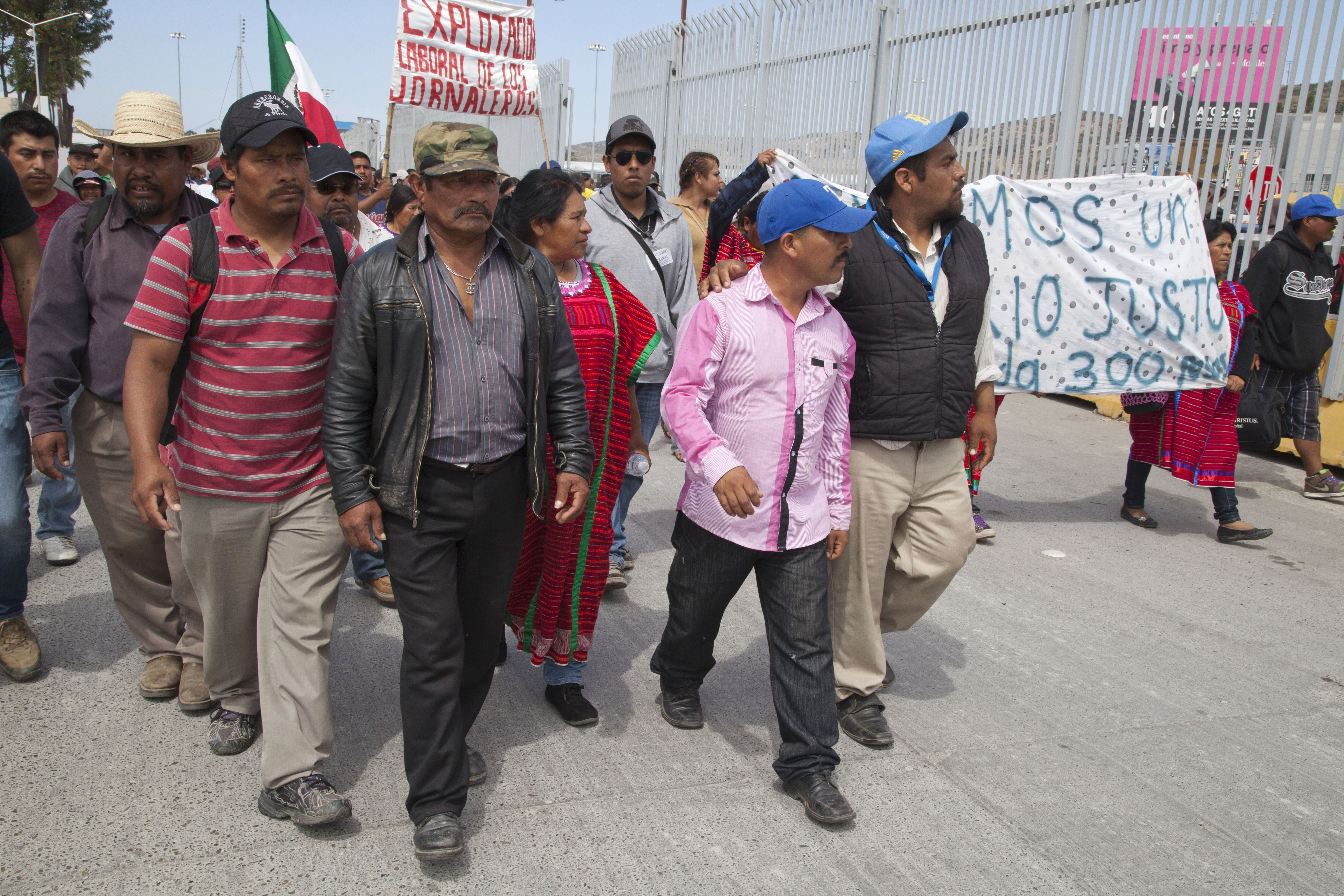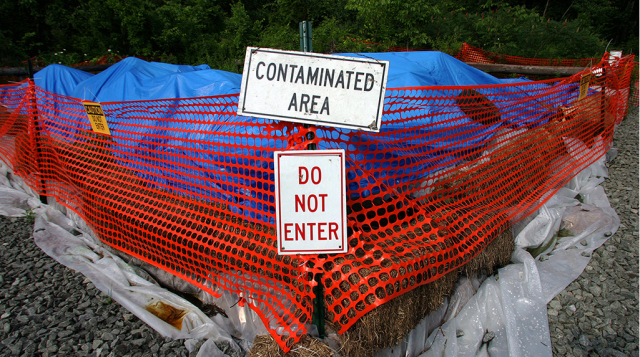FROM THE EDITOR.
Dear readers:
Here I bring to you a great article about secret governing of the United States by our current and pass presidents from both political parties. Written by Joe Wolverton, a Juris Doctor, it will take you into unchartered waters behind the throne. It’s fascinating. Enjoy it!
— Everything secret degenerates, even the administration of justice; nothing is safe that does not show how it can bear discussion and publicity.” — Lord Acton
by Joe Wolverton, II, J.D.
The New American.com
Since being inaugurated in 2009, President Barack Obama has issued 30 Presidential Policy Directives (PPD), 19 of which he has ordered to be kept secret from Congress and the American people.
Barack Obama campaigned for president promising to usher in an era of transparency in government. That promise stands next to “if you like your doctor you can keep your doctor” in the Barack Obama Presidential Hall of Shame.
No less than USA Today called attention to these secret orders in an article published on June 24. The article explained:
Of the 30 PPDs issued by Obama, 19 have not been released. And for 11 of those, the White House has not disclosed even the subject of the order.
“It’s not only the public that doesn’t have copies. It’s also Congress that doesn’t have copies,” Aftergood said. “It’s a domain of largely unchecked presidential authority. It doesn’t mean it’s bad, but it’s lacking in independent oversight.”
But they have the same legal force as an executive order, forming a body of largely secret law, said Harold Relyea, a political scientist who advised Congress on national security directives before retiring from the Congressional Research Service.
“The difference is that while executive orders are public by law — they must be published in the Federal Register to be effective — PPDs are not,” he said. “It is a kind of secret law. People have to obey it. But it’s a directive that can allocate money, direct people or take a course of action.”
Lest anyone believe that the practice of ruling by this particular form of fiat began with the current occupant of the Oval Office, the USA Today provides a bit of historical context for the documents:
What Obama calls PPDs have gone by different names by different presidents back to the Truman Administration. President George W. Bush called them National Security Presidential Directives (NPSDs). President Clinton called them Presidential Decision Directives (PDDs). President Nixon called them National Security Decision Memoranda.
Whatever they’re called, Obama has been less prolific than his predecessors. George W. Bush issued 66 such orders, plus 25 more Homeland Security Presidential Directives. President Reagan issued at least 325.
Some, going back as far as the Lyndon Johnson administration, remain classified.
Even the existence of the latest PPD issued by President Obama was unknown until another document referenced it, perhaps by accident. Again, from the USA Today:
A one-digit correction to President Obama’s directive on hostage policy Wednesday had the effect of disclosing the existence of a previously unknown — and still-secret — Obama order on national security.
The hostage policy was originally released Wednesday as a presidential policy directive numbered PPD-29. When the White House corrected that number to PPD-30, it meant Obama had issued a secret directive as PPD-29 sometime in the past 17 months.
Obama signed PPD-28, an order on electronic eavesdropping in the wake of revelations by Edward Snowden, in January 2014.
So what is PPD-29? No one’s talking. A spokesman for the National Security Council declined to comment of the existence of classified PPDs Wednesday.
One of the most egregious examples of President Obama’s duplicity is the way he and his administration have responded to the roster of revelations that have come from Snowden’s leaks of documents defining the surveillance activities of the National Security Agency (NSA).
As he continues burrowing deeper and deeper into the sands of secrecy, President Obama seems not to realize that soil shifts, and there will always be those committed to digging around until the truth is uncovered.
McClatchy writes:
Mark Jaycox, a policy analyst for the Electronic Frontier Foundation, said he doesn’t expect the administration to change much even amid the intense criticism. This administration, he said, has always held fast against similar criticism. For example, it resisted for years bipartisan pressure to release more information about its top-secret targeted killing program.
“It’s a pattern of the Obama administration,” he said.
Tech Dirt recognizes the problem for the president:
Extreme secrecy may seem like the easier short-term strategy, but it’s just digging an ever deeper hole that the administration is going to have to try to climb out of in the long-term. Hiding reality from a public that’s going to find out eventually is just making the problem worse.
The secret PPD issued earlier this week by President Obama replaced a still-classified directive issued by George W. Bush in 2002.
A look at the list of PPDs issued by Obama reveals that there is much “secret law” that binds the American people without having ever been approved by their elected representatives.
The existence of these documents — along with the scores of executive orders and signing statements — represent a corpus of presidential fiats masquerading as laws. As demonstrated in the history of these directives, for generations, presidents have carried out a plan to consolidate all functions of government into the hands of one “unitary” executive, aggrandizing the office of the president and reducing Congress to mere plaintiffs in lawsuits challenging that all but unlimited authority.
It would do well for Americans concerned about this consolidation to study the words and warnings of our Founding Fathers and their political and philosophical influences regarding the primacy of the separation of powers in a good government.
James Madison, writing as “Publius,” wrote in The Federalist, No. 47: “The accumulation of all powers legislative, executive and judiciary in the same hands, whether of one, a few or many, and whether hereditary, self appointed, or elective, may justly be pronounced the very definition of tyranny.”
Madison himself was restating in his inimitable style, one facet of federalism that was universally considered to be an essential pillar of liberty.
As the venerable French philosopher Baron de Montesquieu wrote in his influential treatise l’Esprit des Lois (The Spirit of the Laws), “When the legislative and executive powers are united in the same person, or in the same body of magistrates, there can be no liberty; because apprehensions may arise, lest the same monarch or senate should enact tyrannical laws, to execute them in a tyrannical manner.”
“Centinel,” the nom de guerre of an anti-Federalist opposed to ratifying the new Constitution, rephrased for his readers what was already, in the 18th century, a well-settled aspect of good government, “This mixture of the legislative and executive moreover highly tends to corruption. The chief improvement in government, in modern times, has been the complete separation of the great distinctions of power; placing the legislative in different hands from those which hold the executive.”
Another anonymous anti-Federalist commented, “Liberty therefore can only subsist, where the powers of government are properly divided, and where the different jurisdictions are inviolably kept distinct and separate.”
If the opinions of these men are a worthy metric of the size of the impending threat of despotism, then President Obama is filling the shoes of a tyrant heel to toe. And the Presidential Policy Directives issued by him and his predecessors help demolish the walls of history, law, and constitutional enumerations that separate the executive and legislative powers.










